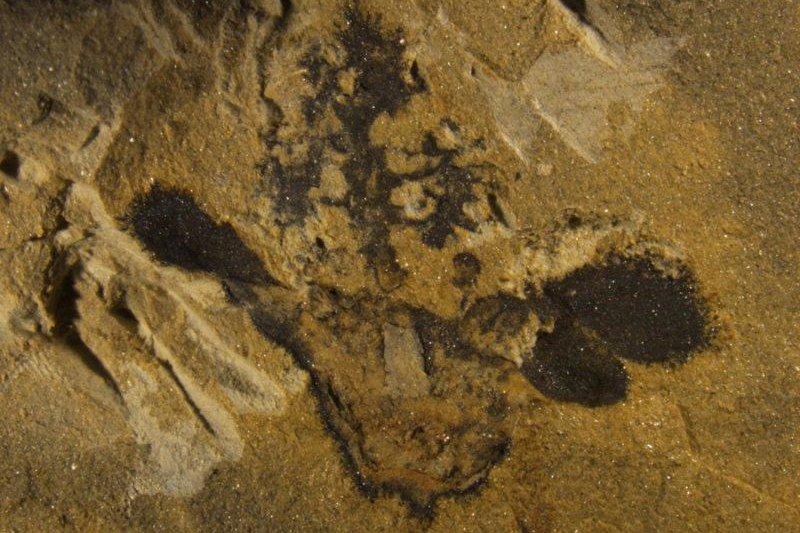Scientists found a fossilized flower dating to 174 million years ago. Photo by Fu et al./eLife
Dec. 18 (UPI) -- Newly discovered plant fossils suggest flowers bloomed more than 174 million years ago, some 50 million years earlier than previously thought.
The discovery of the new angiosperm species, Nanjinganthus dendrostyla, may force scientists to reconsider the story of early plant evolution.
Until now, most scientists agreed angiosperms were no more than 130 million years old. Molecular clock analysis, which uses the rate of genetic mutations to estimate the origin of plant and animal lineages, suggested flowers emerged earlier, but the fossil record did not.
"Researchers were not certain where and how flowers came into existence because it seems that many flowers just popped up in the Cretaceous from nowhere," Qiang Fu, associate research professor at the Nanjing Institute of Geology and Paleontology in China, said in a news release. "Studying fossil flowers, especially those from earlier geologic periods, is the only reliable way to get an answer to these questions."
Fu and his colleagues discovered Nanjinganthus dendrostyla among 264 fossilized flower specimens preserved in rock slabs excavated from the South Xiangshan Formation, a rock outcropping dating to the Early Jurassic epoch.
Scientists used advanced microscopic photography to analyze the fossilized flower species. The images revealed details of the flower's shapes and structures. More specifically, the images revealed fully enclosed ovules, the structure that turns into a seed when fertilized. Ovules are unique to angiosperms.
Researchers shared their analysis of Nanjinganthus dendrostyla this week in the journal eLife.
Several of the species structural characteristics are distinct from the designs of subsequent angiosperms, suggesting Nanjinganthus dendrostyla belongs to a separate genus. But researchers still don't know whether the species was an evolutionary dead end or a base stem on the angiosperm family tree.
"The origin of angiosperms has long been an academic 'headache' for many botanists," said Xin Wang, research professor at the Nanjing Institute. "Our discovery has moved the botany field forward and will allow a better understanding of angiosperms, which in turn will enhance our ability to efficiently use and look after our planet's plant-based resources."















